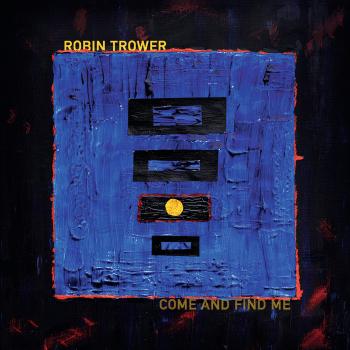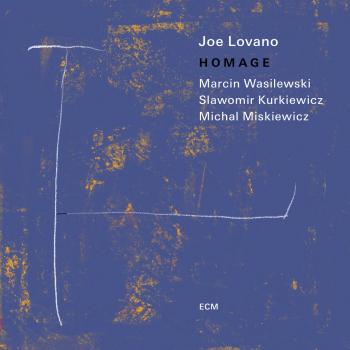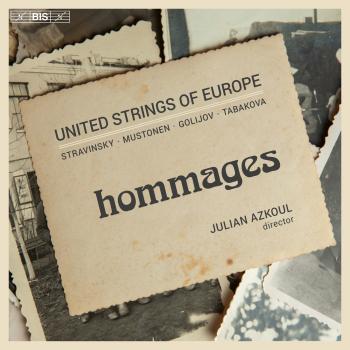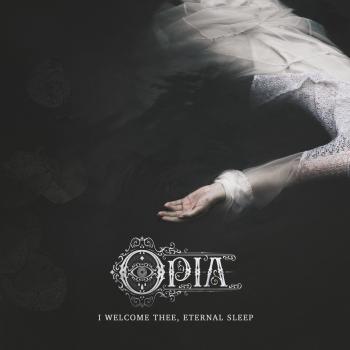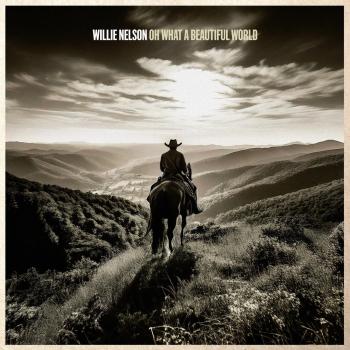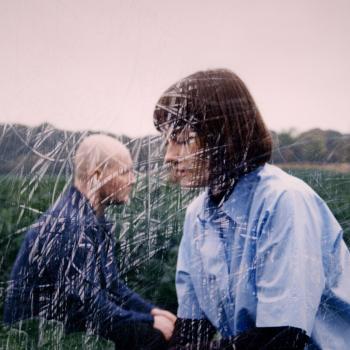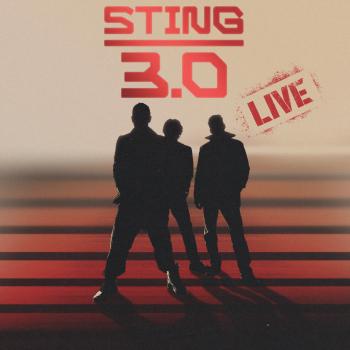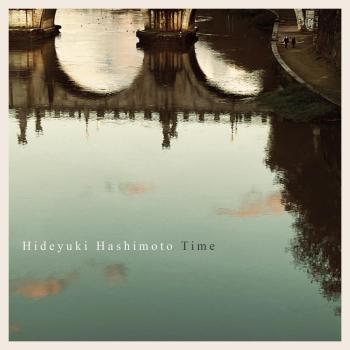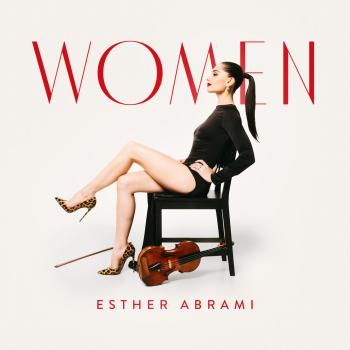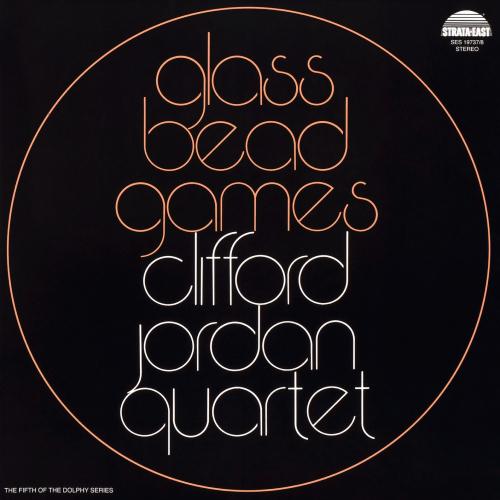
Glass Bead Games (Remastered) Clifford Jordan
Album info
Album-Release:
1973
HRA-Release:
25.04.2025
Album including Album cover
- 1 Powerful Paul Robeson 05:45
- 2 Glass Bead Games 04:35
- 3 Prayer to the People 04:13
- 4 Cal Massey 02:41
- 5 John Coltrane 06:48
- 6 Eddie Harris 04:19
- 7 Biskit 05:33
- 8 Shoulders 05:22
- 9 Bridgework 03:48
- 10 Maimoun 05:42
- 11 Alias Buster Henry 08:21
- 12 One for Amos 06:53
Info for Glass Bead Games (Remastered)
Highly regarded as Clifford Jordan’s most celebrated work, Glass Bead Games seamlessly blends hard-bop traditions with spiritual and avant-garde elements. Released by the highly influential Strata-East label, the album showcases Jordan’s technical mastery and emotional depth. Released in 1974, it features two alternating quartets anchored by Jordan and drummer Billy Higgins, with Cedar Walton and Stanley Cowell sharing piano duties and Sam Jones and Bill Lee alternating on bass. This collaborative lineup creates a dynamic yet cohesive album that reflects Jordan’s vision as a bandleader and his ability to push jazz into new territories while remaining deeply soulful.
Widely regarded as a masterpiece of 1970s jazz, Glass Bead Games cements Clifford Jordan’s legacy as a visionary artist, channeling the spiritual and communal essence of jazz into a timeless recording. Listen to this album in its purest form for the first time ever as a digital release, remastered from the original analog tapes at the highest resolution!
"Clifford Jordan's two volumes of sessions under the title Glass Bead Games have long been heralded as some of the most important work of his career. These once rare recordings, previously issued as individual albums and as a two-LP set by Strata East, feature the late tenor saxophonist leading two separate quartets. The first, with pianist Stanley Cowell, bassist Bill Lee and drummer Billy Higgins, consists of seven powerful originals by the band. The portraits include Jordan's well-named "Powerful Paul Robeson" and Cowell's driving post-bop tribute "Cal Massey." But it is Lee's moving "John Coltrane" which opens with a solo chorus by its composer and includes a vocal chant by Jordan, Higgins and Lee, that leaves the most lasting impression, with influences from throughout several of Coltrane's landmark recordings made during the '60s. Lee's "Biskit," which follows his piece "Eddie Harris," sounds as if Harris himself could have written it. The second quartet has Cedar Walton taking over on piano and Sam Jones on bass. This session is not quite as adventurous but is every bit as enjoyable, with stimulating compositions by Walton, Cowell, Higgins and Jones. Jordan devours his drummer's "Alias Buster Henry" whole with his far-reaching solo. Jones' blues "One for Amos" was the only established piece recorded for the album, having received wide exposure during the previous decade; this updated arrangement ranks among its finest interpretations. Long out of print and fetching high prices at auctions, this Harvest Song reissue, which combines all issued tracks on one disc, returns a legendary release to print at a much more affordable price. Highly recommended!" (Ken Dryden, AMG)
Clifford Jordan, tenor saxophone
Stanley Cowell, piano (tracks 1, 4–7, 10 & 11)
Cedar Walton, piano (tracks 2, 3, 8, 9 & 12)
Bill Lee, bass (tracks 1, 4–7, 10 & 11)
Sam Jones, bass (tracks 2, 3, 8, 9 & 12)
Billy Higgins, drums, percussion
Recorded October 29, 1973 at Minot Sound Studios, White Plains, NY
Engineered by Ron Carran
Mastered at Generation Sound Studio, New York, NY
Mastered by Dave Crawford
Produced by Clifford Jordan
Digitally remastered
Clifford Jordan
The arrival of Clifford Jordan’s big band was not only a milestone for the New York City jazz scene at the opening of the 1990s; it also marked the dawning of a new era in the career of the tenor saxophone giant. “There was a bigger goal than to just have a gig,” Jordan explains. “I’ve been playing some of this music for the last 30 years or longer—the pleasure for me is hearing my music every Monday, and it always sounds different.”
For all too many Americans, the notion of Clifford Jordan composing for and leading a big band is a new one. For while he is one of the most widely recorded artists in jazz, appearing on some 90 albums since his 1957 Blue Note debut, the Chicago-bred veteran is best known as a leader of his own small groups (over the years featuring such players as Barry Harris, Junior Cook, Curtis Fuller, Cedar Walton, Tommy Flanagan, Sam Jones, Billy Higgins, and Jaki Byard) or as a featured soloist with a long list of luminaries including Charles Mingus, Max Roach, Eric Dolphy, Art Farmer, Lee Morgan, Mal Waldron, Dizzy Gillespie, and Carmen McRae.
In Europe, on the other hand, where he lived briefly in 1969 and has toured regularly since the 1970s, Jordan’s big band credentials have been firmly established through his many appearances with radio orchestras in Denmark, Norway, Austria, and Germany. But still, when he was invited by the management of Condon’s to bring in an all-star aggregation and command Monday nights as his own big band showcase, Jordan was handed an opportunity to realize a long-neglected talent. Moreover, when the orchestra was captured live at Condon’s for this release, it signaled Jordan’s first recording as a leader for a major American jazz label since his 1965 Atlantic classic, These Are My Roots: Clifford Jordan Plays Leadbelly.
Born in Chicago in 1931, Jordan started playing piano as a baby. “I’d sit on the pedals and holler,” he remembers, “with the loud pedal on.” At the same time that he was taking music lessons, his passion for horses was accelerating his musical education. The delivery men in his neighborhood—the coal man, junk man, milk man, vegetable man, and ice man—made their rounds with horse-drawn carts and the young Clifford liked to follow them to the local stable. “The black intelligentsia—doctors and lawyers who were sportsmen as well—frequented the stables,” he says, “and that’s where you heard all the good music on the jukebox.” During the summer, Jordan’s family would vacation in a cottage in upstate Michigan, where he recalls the magnetic attraction of the music he could hear from the clubhouse across the lake.
At 13, Jordan took up the saxophone. “When I was 16 I decided this was what I wanted to do,” he says. “I told my mother I wanted to be a saxophone player. She said, ‘Who’s your favorite saxophone player?’ I said, ‘Charlie Parker.’ She said, ‘You know Johnny Hodges?’ She asked, ‘Who do you like on piano?’ I said, ‘Bud Powell’ and she said, ‘Have you heard Erroll Garner?’ Of course I love all those guys.”
Jordan notes that during his years at the fabled Du Sable High School, “playing music granted a preferred status, much like making the basketball or football team in this day and age. It was hip to be a musician, everybody looked up to you. When you had your horn you could go anywhere. A lot of people wanted to be in the band but the instructor wouldn’t let any bad apples in there. Once he detected you couldn’t play he’d kick you out of the band room. He didn’t stand for any foolishness.” Jordan’s first gig was as a leader, playing a dance for five dollars a man, and he went on to a series of R&B and commercial gigs with such Chicago stalwarts as Big Willie Dixon, Jump Jackson, Cowboy Jack Coolie, Cool Breeze, and Jazz Sherrill.
In 1956 he traveled to New York City and almost immediately recorded his first Blue Note album, Blowing in from Chicago, featuring John Gilmore, Horace Silver, Curly Russell, and Art Blakey. “In New York I never could get the rock and roll gigs or commercial gigs I used to get in Chicago,” he recalls, “so I was a little disappointed. They made me a specialist—a jazz saxophone player.” Indeed, Jordan’s immense talents hardly went unnoticed: he was drafted into the bands of Horace Silver, J.J. Johnson, Charles Mingus, and others. He spent nearly seven years with Max Roach, played in the big bands of Lloyd Price and Clark Terry, and struck up a long musical association with Art Farmer: “He used to say, ‘We’re friendly but our horns love one another.’”
It was Horace Silver who encouraged Jordan to write more of his music. “When I joined his group,” Jordan remembers, “he said, ‘By the way, bring two tunes.’ ‘Man, I can’t even read music and you want me to write some?’ Everything I wrote was simple.” Around 1960 he began composing his first orchestral pieces. “I didn’t try to follow anybody’s pattern,” he explains. “I just wrote what I felt. Some people could write to make it sound like Gil Evans, Duke Ellington, or Glenn Miller, but I always thought it was just better to write original music.” Still, Jordan remains modest about his contributions: “I’m not one who just paints on music paper. I leave a lot of leeway for performing—if I were to tell players exactly what to do I’d hate the music.”
Since the late 1960s, Jordan has been active in a variety of forms of jazz education, from presenting concerts and lectures in the New York public schools and teaching flute and saxophone for Jazzmobile to serving as the first Musical Director of Dancemobile and faculty member at the Henry Street Settlement. His world travels have included tours of West Africa and the Middle East with Randy Weston in 1967 and a 1980 Independence Day concert in Senegal with Dizzy Gillespie, Kenny Clarke, and others. In 1984, he was named a “BMI Jazz Pioneer.”
While the Jordan discography is still dominated by combo recordings, including relatively recent releases with Freddie Redd, Art Farmer, Carol Sloane, John Hicks, Richard Davis, Vernel Fournier, and David “Fathead” Newman, his current passion is obviously the Monday night big band. “Hopefully the big band will come back,” he says, “because there are too many musicians out here for everybody to have little quartets and quintets,” adding with a laugh, “my band is three quintets, that’s the way I look at it.”
Clifford Jordan died March 27, 1993.
This album contains no booklet.



